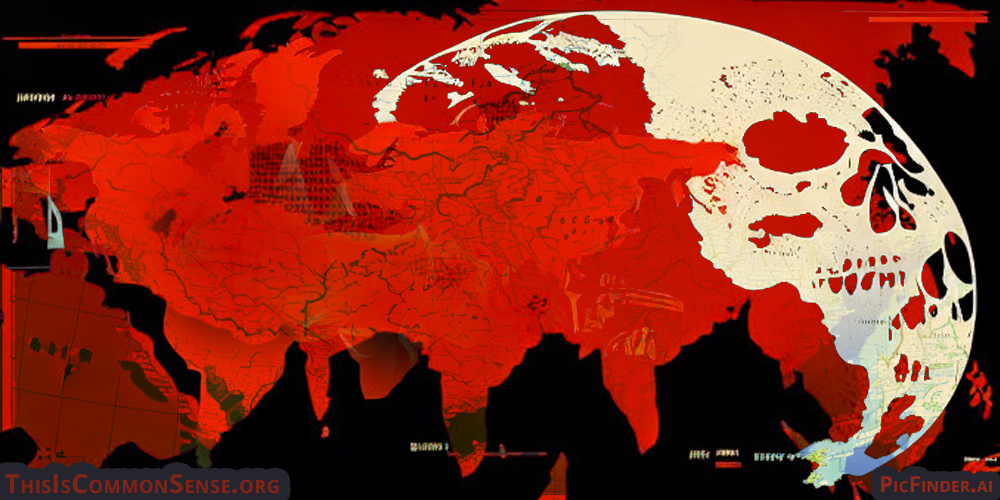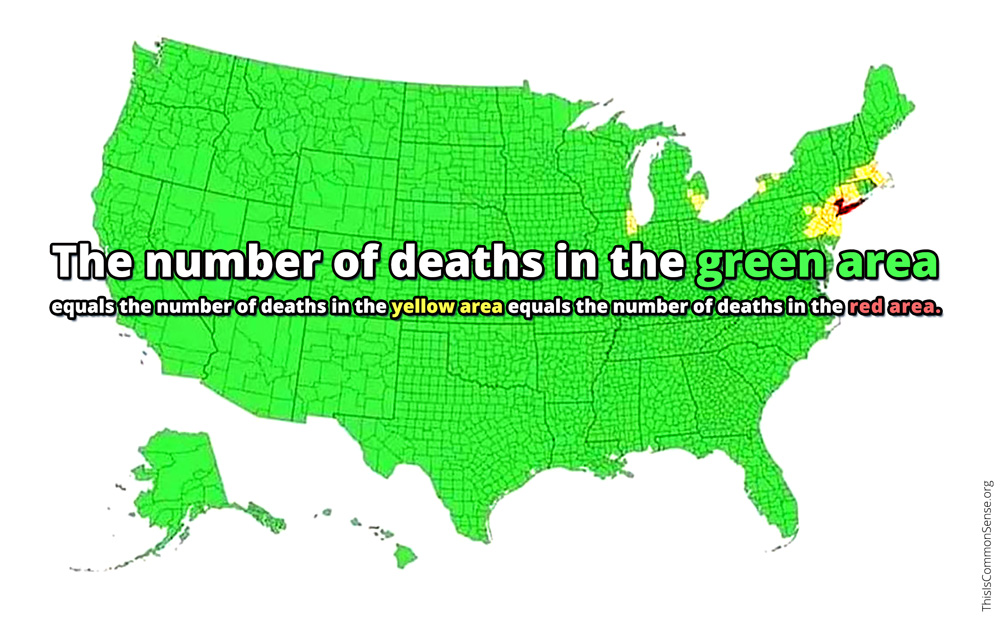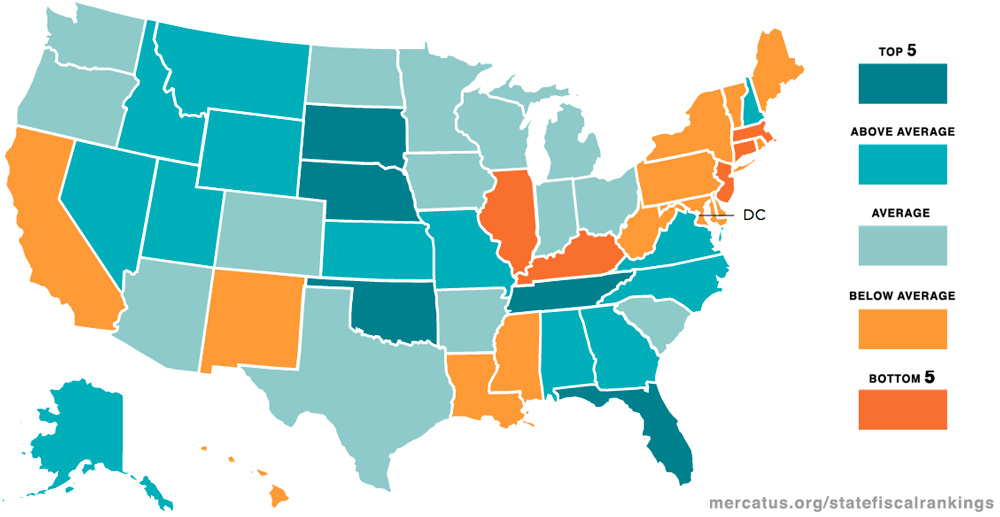“China warns US Has Crossed Red Line” began Newsweek’s headline to a report that the Chinese state-run Global Times threatens a “brewing and imminent storm of lethal consequences for Taiwan” in retribution for the U.S. recently providing $80 million in military assistance to the island nation.
China claims Taiwan and its inhabitants, desiring their patriotic company so devoutly as to contemplate leveling much of the country in missile strikes, killing hundreds of thousands if not millions of Taiwanese to achieve that glorious “national rejuvenation.”
Of course, when the U.S. provides defensive weapons to protect against just such a murderous military invasion, the Butchers of Beijing holler it is “provocative!”
Speaking of … the Chinazis were kind enough last week to remind us that Taiwan is hardly the only land they’ve got their eyes on.
The Communist Party just drew a new map.
India noticed first that the CCP’s penmanship pinched Indian territory. Japan objected to China’s claim of its Senkaku Islands (under U.S. military protection).
Countries bordering the South China Sea — Brunei, Indonesia, Malaysia, the Philippines, Vietnam — have long complained of China’s ridiculous nine-dash-line, claiming roughly 90 percent of the Sea and building militarized islands in the exclusive economic zones of other countries.
In recent weeks, Chinese ships have used water cannons to block Filipino vessels attempting to resupply their countrymen on an island that international courts have ruled belongs to the Philippines. Two Vietnamese fishermen were injured last week in yet another water cannon attack by the Chinese Coast Guard around the disputed Paracel Islands.
Last week, Vietnam and the United States reached agreement on a “comprehensive strategic partnership” — something Vietnam has with only four other countries, one being China. Why? The Vietnamese see it, analysts tell The Washington Post, as “necessary given how aggressively China is flexing its military muscle in the region.”
This isn’t U.S. saber-rattling, it’s China rattling its neighbors.
The threat of war between China and the United States is real … and clearly, not just over Taiwan. The Chinazis marked red lines all over the map.
This is Common Sense. I’m Paul Jacob.
Illustration created with PicFinder.ai
—
See all recent commentary
(simplified and organized)



